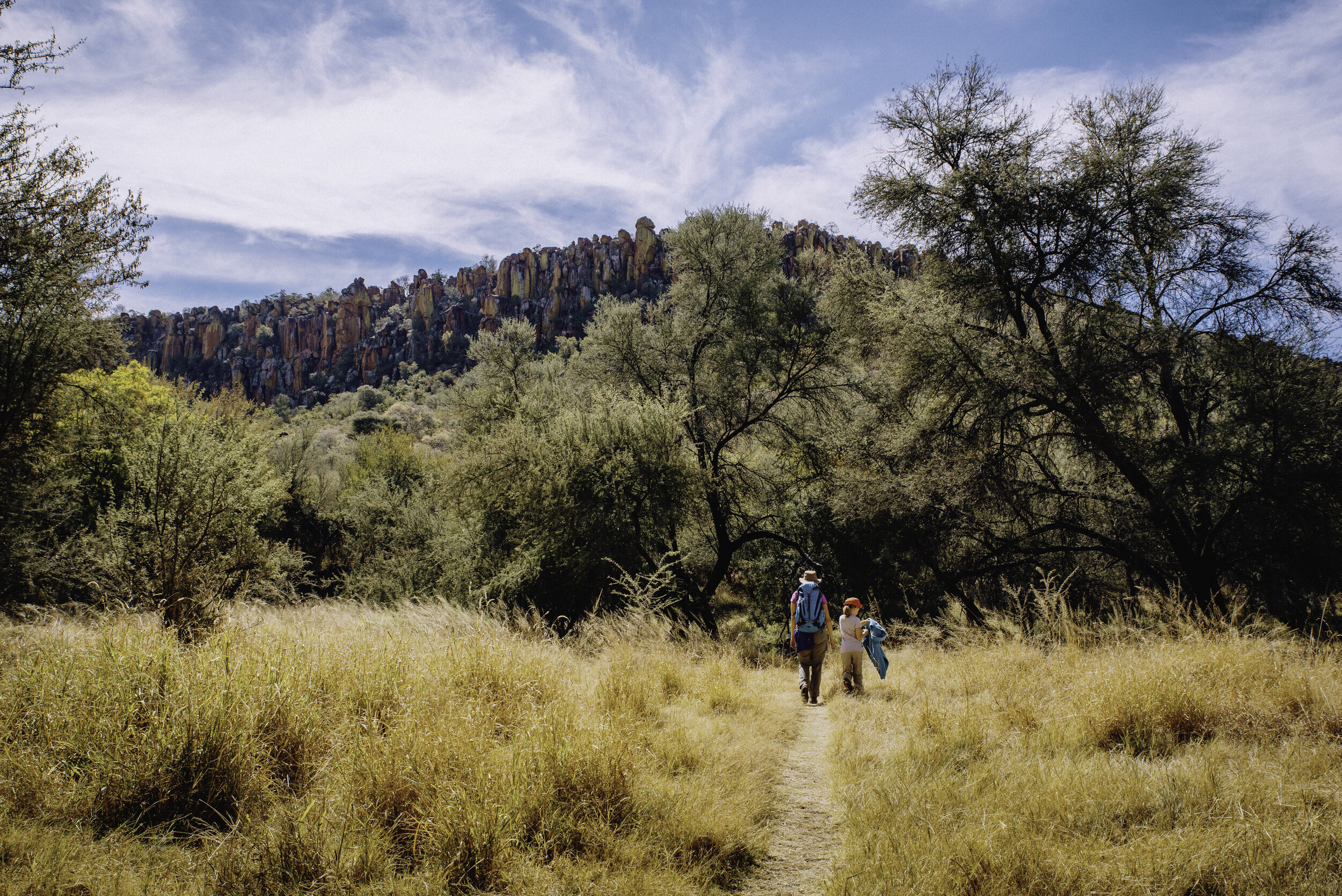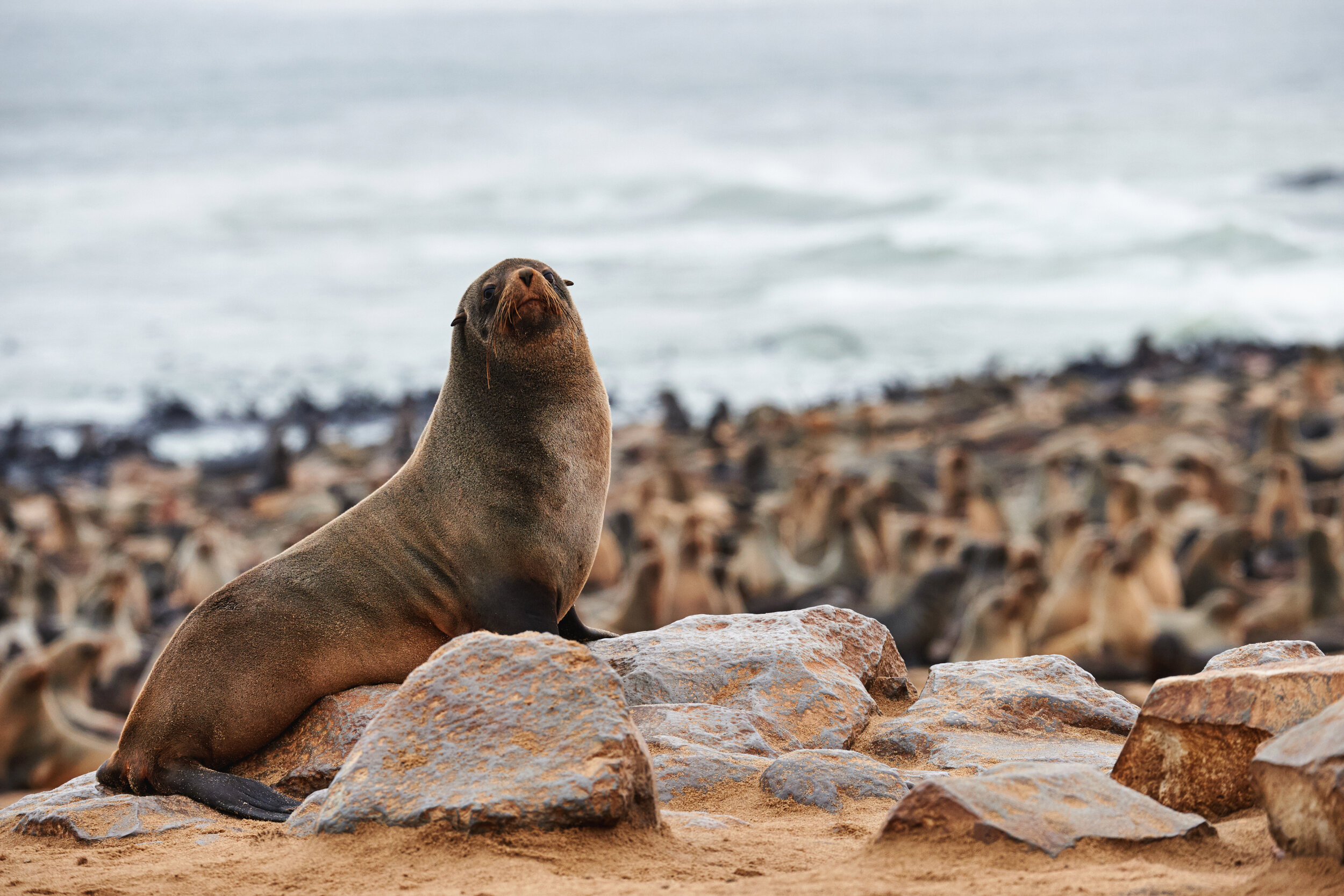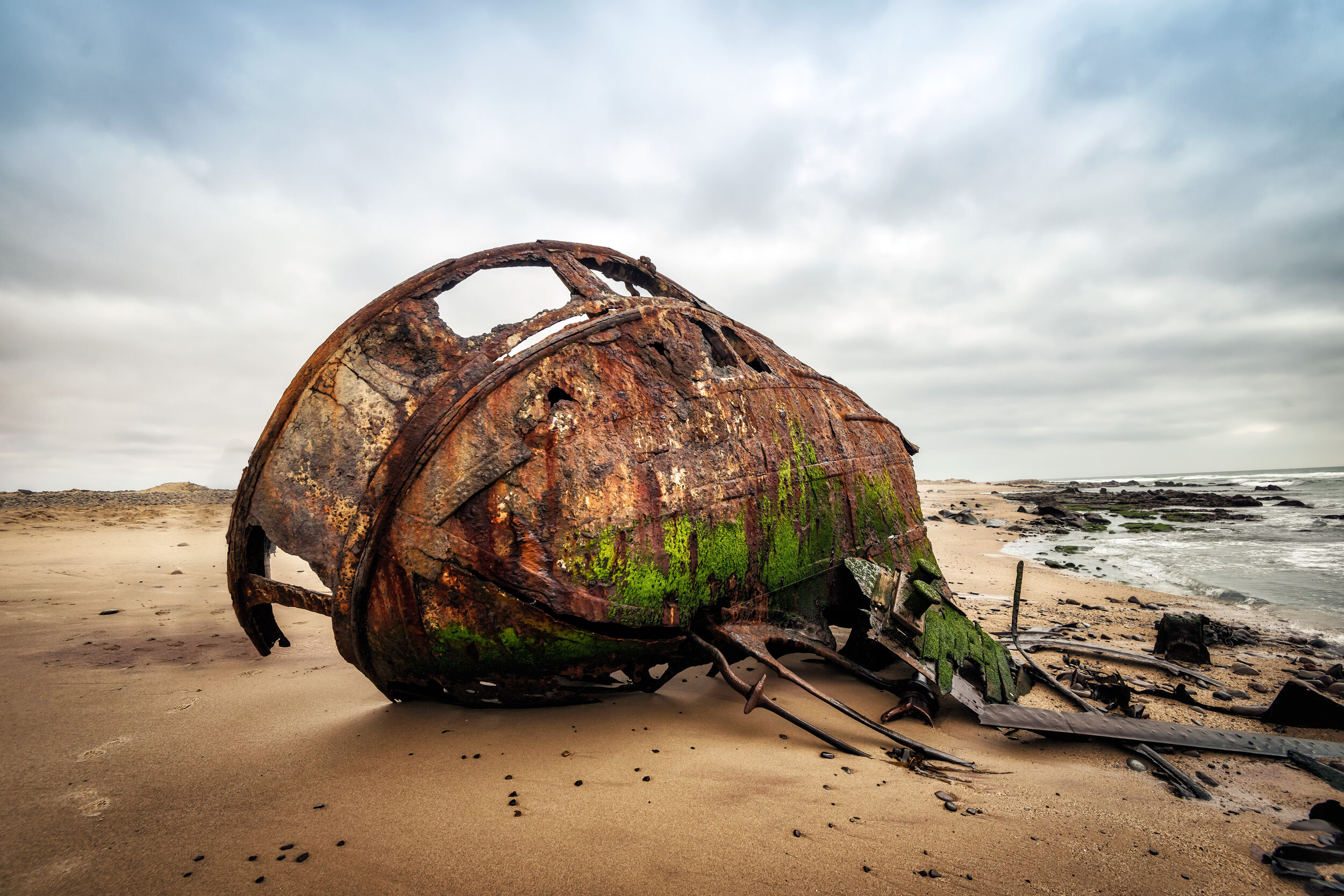Explained: National Parks in Namibia
Written by Daryll Williams
Namibia was the first African country to lay out protections for the environment in its constitution, and the government has reinforced this by giving its communities the opportunity and rights to manage their wildlife through communal conservancies.
As such, conservation forms the cornerstone of the modern-day Namibian traveller’s experience. Much like sustainability forms the centrepiece of the Viatu philosophy.
Today, over 43% of Namibia's surface area is under conservation management. This includes national parks and reserves, communal and commercial conservancies, community areas, and private nature reserves. Expect to find the vast dune belts of the Namib and the dwarf scrub savannah of Etosha to the species-rich floodplains and waterways of Kavango and Zambezi in the far north-east.
These areas offer some of the greatest diversity on the continent. You’ll be instantly awed by the fact that you can go from a hot desert terrain to a cool beachfront in a matter of minutes. This is a country that will leave you breathless.
What is a national park?
A national park is an area designated and run by the government, and is regarded as a place of important natural beauty, offering legal protection within its boundaries.
National parks promote use for recreation or education and will have infrastructure like roads to make accessibility easy. The large and famous parks tend to steal the limelight but it is equally rewarding to visit some of the smaller and less known ones, which will invariably be quieter and offer a more intimate experience.
Because of the diversity on offer by the range of national parks in Namibia, you can choose to explore the land in a variety of ways. Most parks have well-equipped rest camps with bungalows, restaurants, shops, service stations and camping sites. However, Namibia’s hidden secrets tend to be revealed to those that invest the time and effort to dig beneath the surface, away from the beaten track.
Which national parks should you visit?
Here are some of our favourite ones that make Namibia a must-see destination.
Waterberg Plateau Park
The striking, flat-topped Waterberg Plateau rises about 200 m above the surrounding Omaheke plains in the northern region of central Namibia. The inaccessible reaches of this unique sandstone feature provide sanctuary for a wide diversity of plants, birds and animals, including rare and endangered species.
White and black rhino are protected here, as well as roan and sable antelopes. The park is home to about 25 species of animals, including tsessebe, giraffe and Cape buffalo. Namibia's sole breeding colony of Cape Vultures is also found here!
Dorob National Park
The Dorob National Park, which extends between the Swakop and Ugab rivers, is actually more of a protected reserve than a tourism highlight, with a strong focus on conservation measures. It is a key piece of the puzzle along Namibia’s coast that allows for the entire 1,570km coastline of the country to be protected. Collectively, the coastline is known as the Namib Skeleton Coast National Park, and it consolidates three greater national parks: Skeleton Coast, Namib-Naukluft and Sperrgebiet.
Namib-Naukluft National Park
Namib-Naukluft National Park covers an area of 49 768 square kilometres and is the largest conservation area in Namibia, and the fifth largest in Africa. Comprising gravel plains, desert, canyons, and mountains, its highlight is the desert dunes of Sossusvlei.
Located in the southern region of the country near Sesriem, Sossusvlei is set within the heart of the park. Sossusvlei itself refers to the clay pan or 'vlei' (an Afrikaans word meaning ‘valley’ or ‘pan’) that is created by the Tsauchab River that flows through this section of the Namib Desert every 5 to 10 years. Mostly dry, the pan rarely fills with water and is surrounded by towering dunes of up to 300 meters from the desert floor.
/Ai/Ais-Richtersveld Transfrontier Park
The /Ai/Ais-Richtersveld Transfrontier Park was Namibia’s first transfrontier conservation area and spans some of the most spectacular arid and desert mountain scenery in southern Africa. It includes the Fish River Canyon in Namibia and the Richtersveld National Park and Richtersveld World Heritage Site in South Africa. Hiking here is demanding but spectacular – trails traverse jagged peaks, rock formations, deep ravines, and gorges.
Etosha National Park
Arguably Namibia’s greatest national park, Etosha serves as the epicentre of the country’s wildlife experience. Spanning a vast 22,300 square kilometres, it consists mostly of grassy plains around a huge salt pan, which becomes a beautiful lake after heavy rains and attracts large flocks of pink flamingo. However, big cats, elephant, giraffe, rhino and more make this a truly unique place to visit. Stay at one of the surrounding private concessions on the edge of the park, or alternatively one of the rest camps located inside the park itself.
Sperrgebiet National Park
Since diamonds were first discovered here in 1908, the area has been off limits, and even now – with the area declared a national park in 2004 – visitors to this remote corner of the Namib Desert are strictly limited. Tour operators conduct a limited number of trips annually along the stretch of coastline between Sylvia Hill north to Sandwich Harbour in the wilderness section of the Namib-Naukluft Park. Travellers get to drive in their own vehicles and are accompanied throughout the trip by a tour guide in the leading vehicle and an assistant driving at the rear of the convoy with the kitchen equipment and food for the tour on board.
Skeleton Coast National Park
The most stunning of all Namibia’s attractions, this 500 km stretch of wild Atlantic is backed by a desert stacked with sand dunes. Situated along the remote northwestern coastline of Namibia, the Skeleton Coast is arguably one of the loneliest stretches of coastline in Africa, and certainly among the continent’s most fascinating and untouched wilderness areas. Once an area for seafarers to fear thanks to its treacherous shoreline, it is now prized as a place of beauty and tranquillity, as well as solitude.
The southern stretch between the Ugab River and Torra Bay is freely accessible to the public. Entry to the northern section is at the park gate at Ugab Mouth. Day entry is permitted between sunrise and sunset, unless you’re staying at Terrace or Torra Bay Resorts. The rest of the park (from Terrace Bay to Angola) is inaccessible unless you fly in.
Bwabwata National Park
Mahango National Park and the former Caprivi Game Park together form Bwabwata National Park. This park, which stretches from the Okavango River to the Kwando River, covers more than 5,000 km2. The wildlife is impressive, with several thousand elephants, buffalo, hippos, different species of antelope, as well as lions and leopards.
What to do?
Want more insight into the Namibia’s wildest places? Consult this list:
A complete guide to Etosha
A complete guide to the Skeleton Coast
All you need to know when travelling to Namibia
The complete safari guide to Namibia
Insider Tips
Booking accommodation and getting access to Namibia’s national parks is not that complicated, but there are a few things that you need to know before you set off.
Park entrance fees vary greatly depending on which park you visit.
Book your accommodation well in advance. National parks are popular destinations, and you want to be as close to the action as possible.
If you’re self-driving, get a car (a 4X4 is recommended) with air-conditioning. It can get dusty on the open road.
Data coverage can be tricky at times. Make sure to download your map routes and road trip playlists, or get your hands on some travel guidebooks.
Check the weather conditions for where and when you are going on your trip as the different regions of Namibia can differ dramatically at the same time of year!
Learn some words of the local languages (Afrikaans, Ovishambo) to greet locals with.
Print out lists of birds and animals that are found in the national parks to tick off.
Known for its beautiful landscapes, Namibia is the ideal spot for the getaway of your dreams. Just head over to viatu.com to enquire.

















